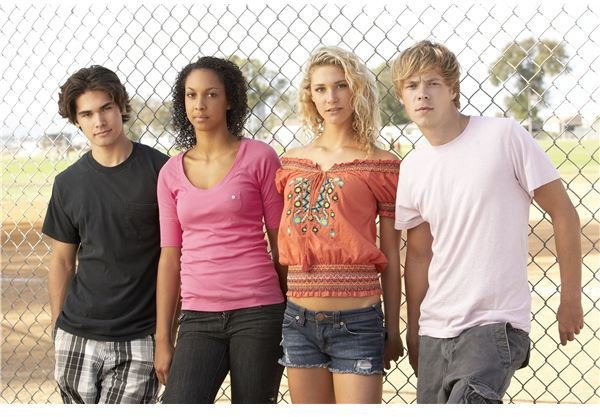Your Kids & Drugs in the Age of Easy Access: Learn Why Parents Need to be More Vigilant Than Ever
October was Drug Awareness month in America and thousands of schools celebrated with the annual “Red Ribbon Week,” October 21-25 and throughout the rest of the month. The purpose of Red Ribbon Week is to focus on raising awareness of harmful substances, such as alcohol, tobacco, and illegal drugs, as well as the misuse of prescription drugs.
In this age of easy access, parents and teachers must be even more vigilant to make sure kids are not exposed to these harmful substances. In addition, counselors and community leaders try to get information out to people about the less common types of abuse-such as using other’s prescription drugs, and other problems.
Tips for Parents
So what can parents do to encourage their child to stay away from drugs and harmful substances? How can you handle the “easy access” that exists today among young people and reduce the chances your child will be exposed? Here are a few general guidelines to follow:
1) Know your children’s friends and associations. One of the best ways to keep your kids from abusing harmful substances is to know who their friends are. This is important for other reasons too. But the number one place kids get drugs or alcohol, and tobacco, is from their friends and acquaintances.
2) Be aware of the signs of drug or alcohol abuse. If you know what to look for, you may be able to intervene if you think they are developing a problem.
3) Communicate with your child about drugs. If your child knows you are going to be vigilant and involved because you care about them, they will be less likely to be angry if you are caught going through their room or looking through their things. It is always better to be proactive and honest with them upfront about the fact that you are going to make sure they don’t fall into drugs by checking up on them and their habits.
4) Talk to your child’s friends’ parents and others. Sometimes the parents of other kids know more than you do about your child’s habits. If you suspect your child may have access to drugs, talk about your concerns with other parents, especially parents of your child’s friends. This may give you information about what is going on that your child may not tell you.
5) Communicate with the school and teachers too. Schools often run anti-drug awareness campaigns, such as “Red Ribbon Week” or others. They may also be chief sources of resources for you, if you are concerned that your child may have access to drugs.
6) Remember prevention is the key. The most important thing to do is to prevent your child from ever trying drugs in the first place. Explain to them that the most common access is through their friends and they are to report to you if any of their friends ever offers them drugs or other harmful substances.
If we all coordinate our efforts, there will be fewer victims to drug abuse and addiction. There is nowhere that drugs can take them except down. Be firm in your commitment to keep your kids away from harmful substances, and pool your resources by starting a parent ad hoc group, if there isn’t one already. The only way we can beat drugs is to never let it in. Be aware of the increase and easy access of our present age, and always be vigilant, so that your child will have all the opportunities they deserve, and will not be thwarted by the evil hold of drugs and alcohol abuse.
References
- Kids using Dark Net to have drugs delivered, but parent involvement can stop use http://www.abc15.com/dpp/news/local_news/investigations/dids-using-dark-net-to-have-drugs-delivered-but-parent-involvement-can-stop-use
- Drugs: What you Should Know http://kidshealth.org/teen/drug_alcohol/drugs/know_about_drugs.html
This post is part of the series: Drug, Smoking & Alcohol Abuse in Teens
Parents need to be vigilant about their teens friends and habits. It is all too easy for even young kids to access cigarettes, alcohol and drugs. Learn some tips for parents on communicating the dangers of addictive substances to your kids.
